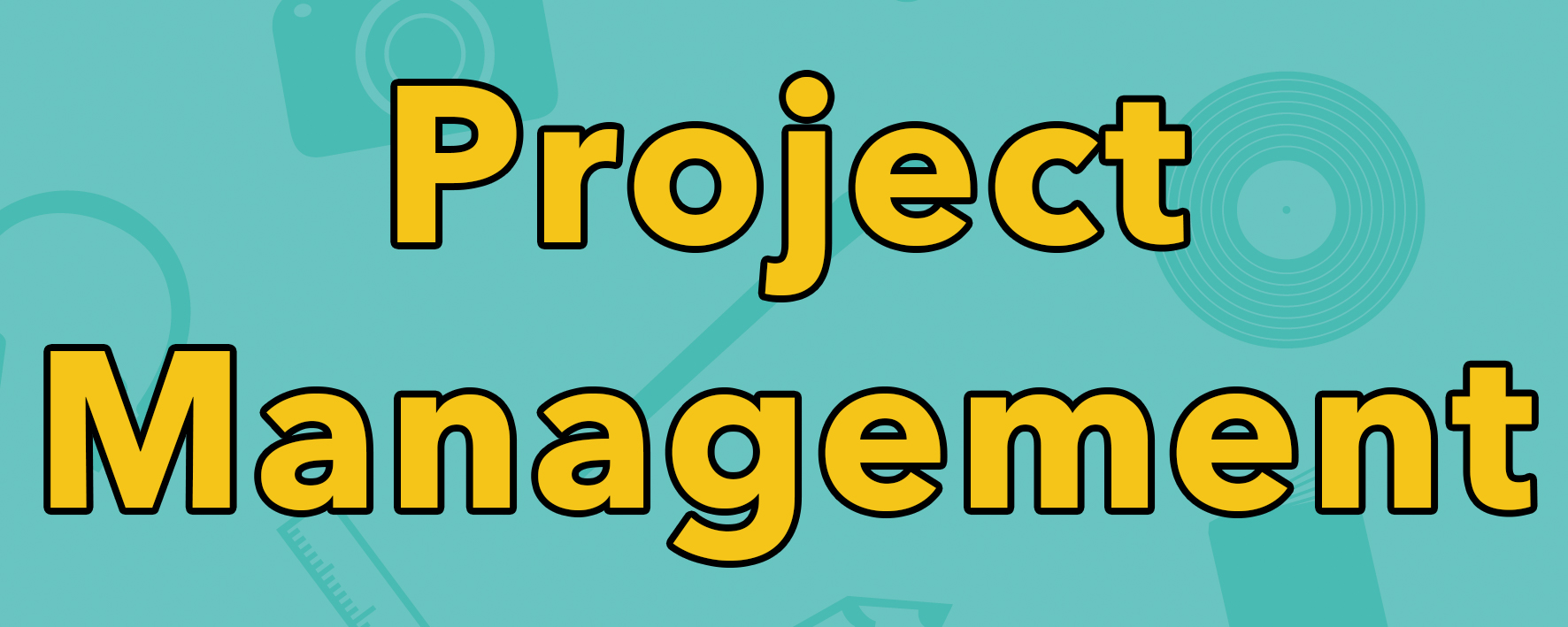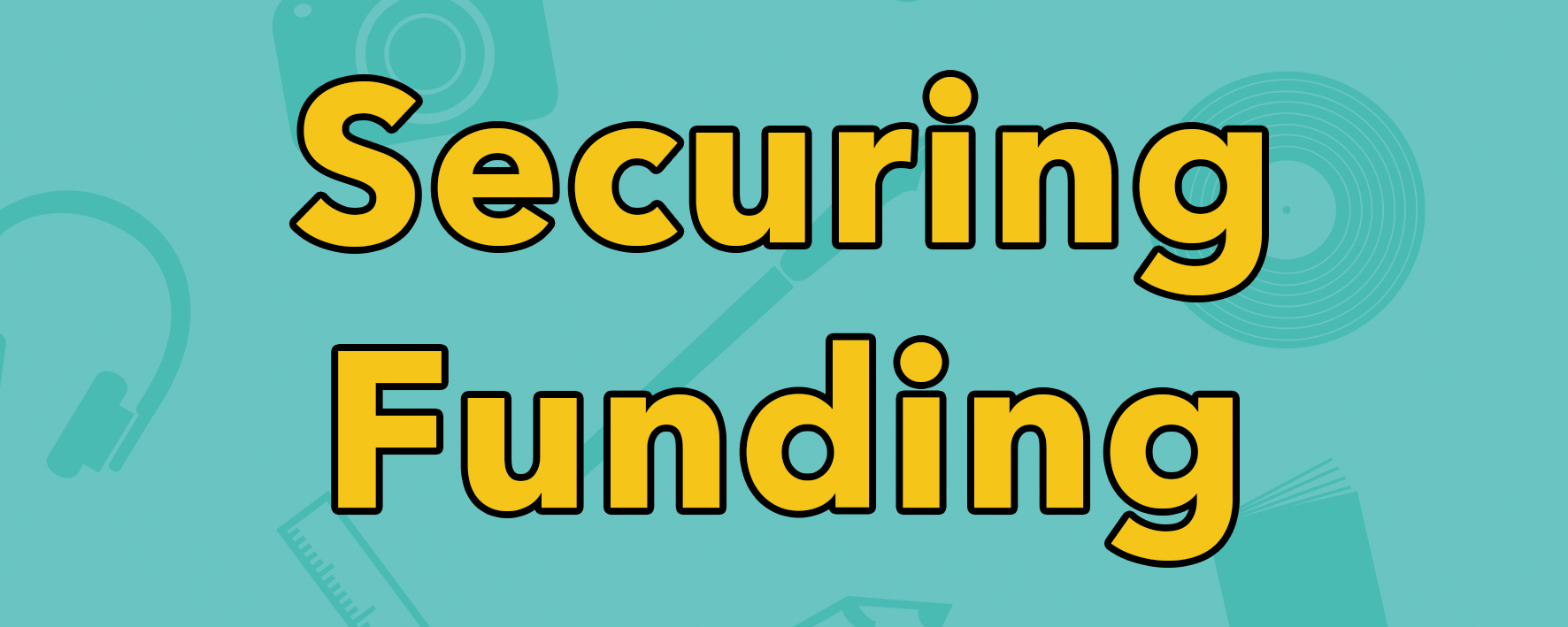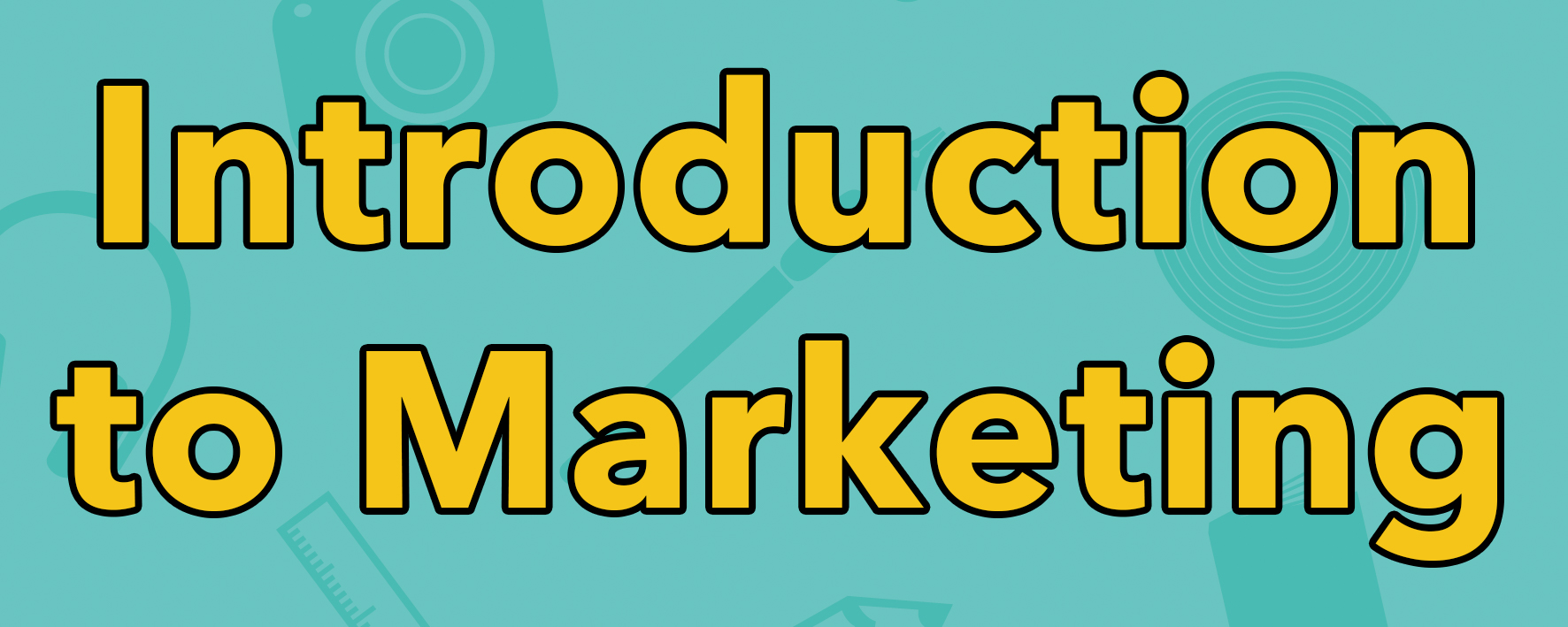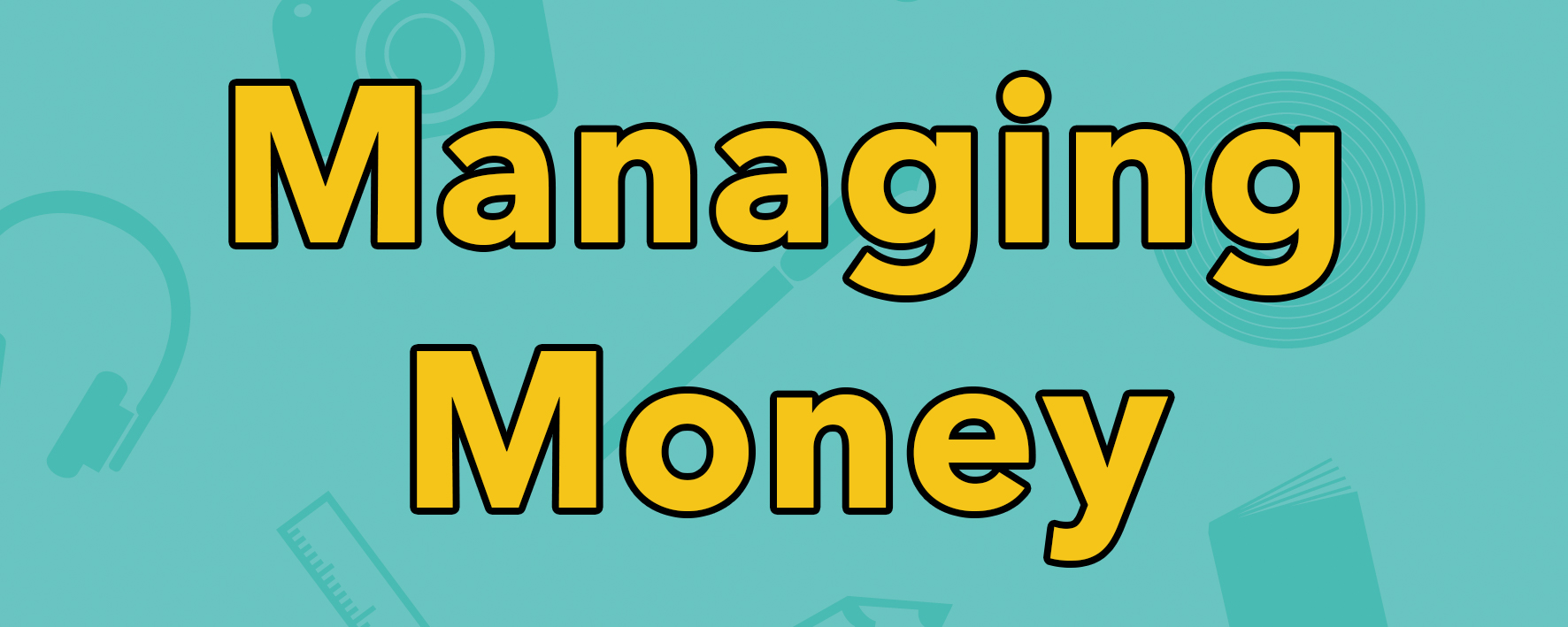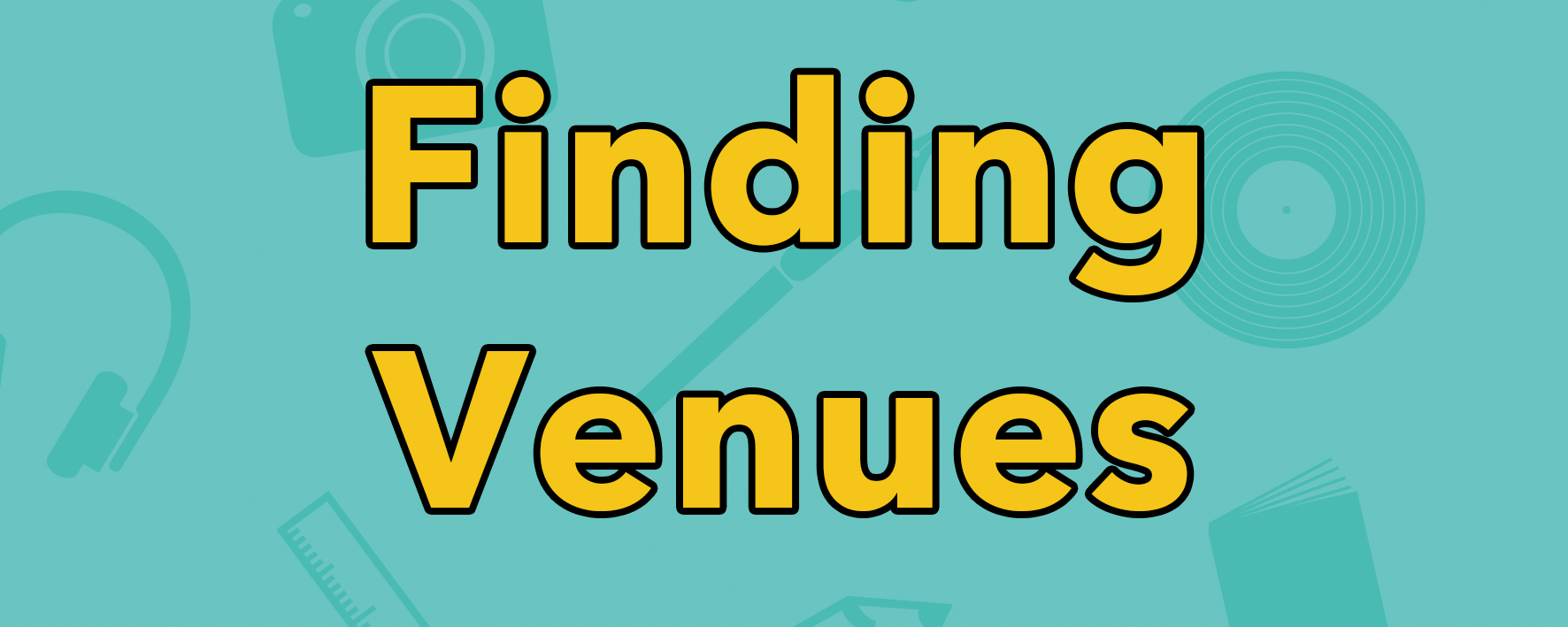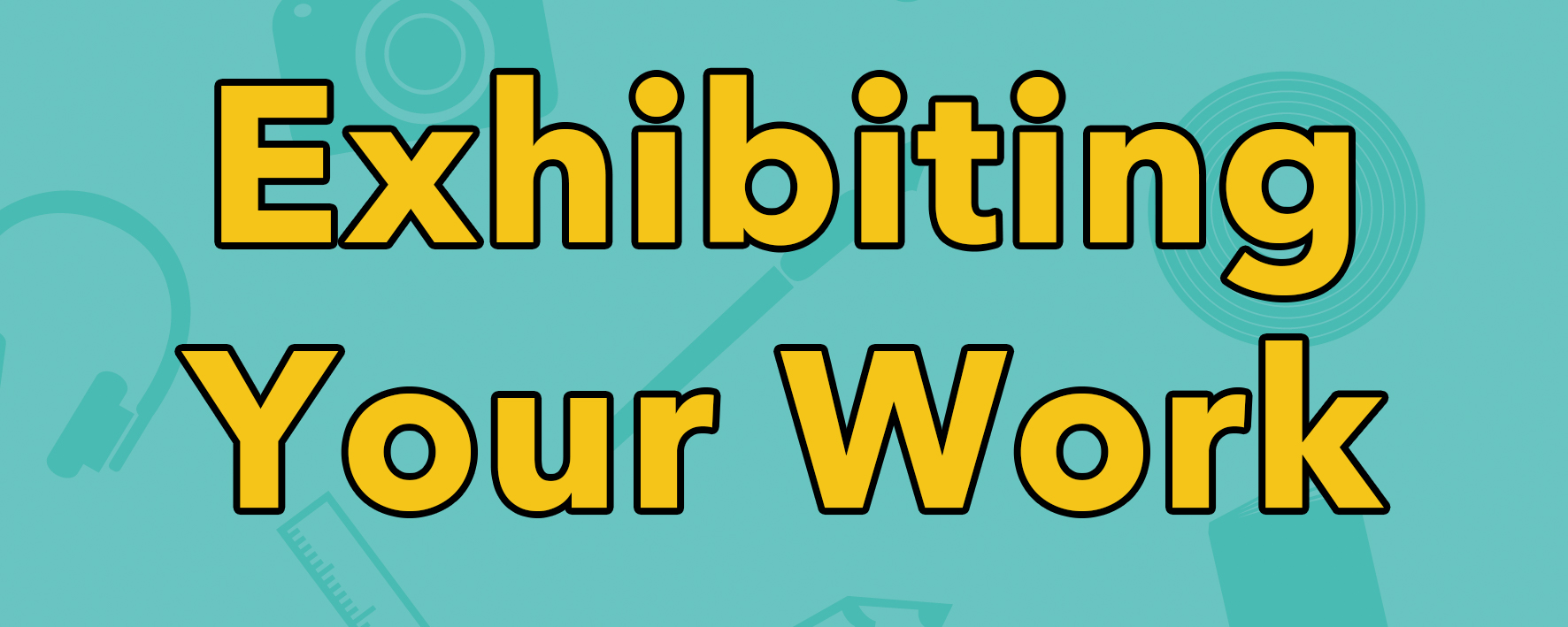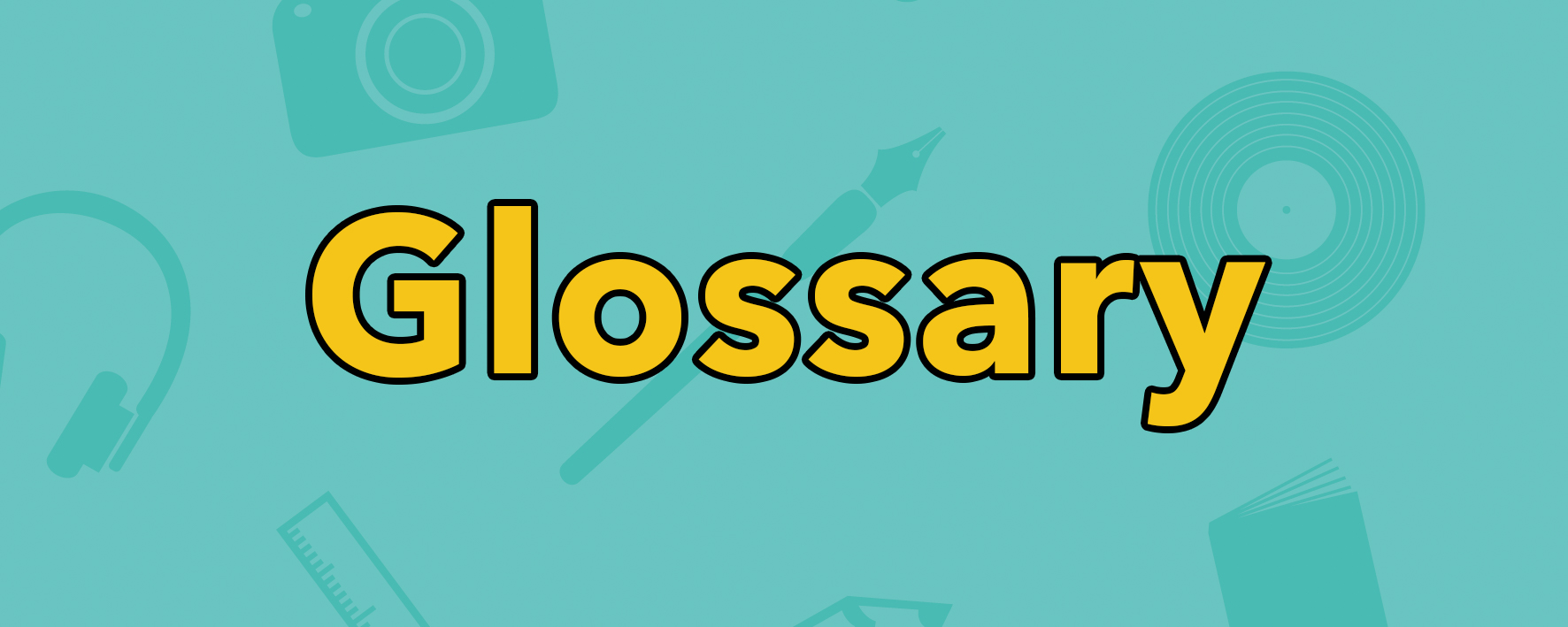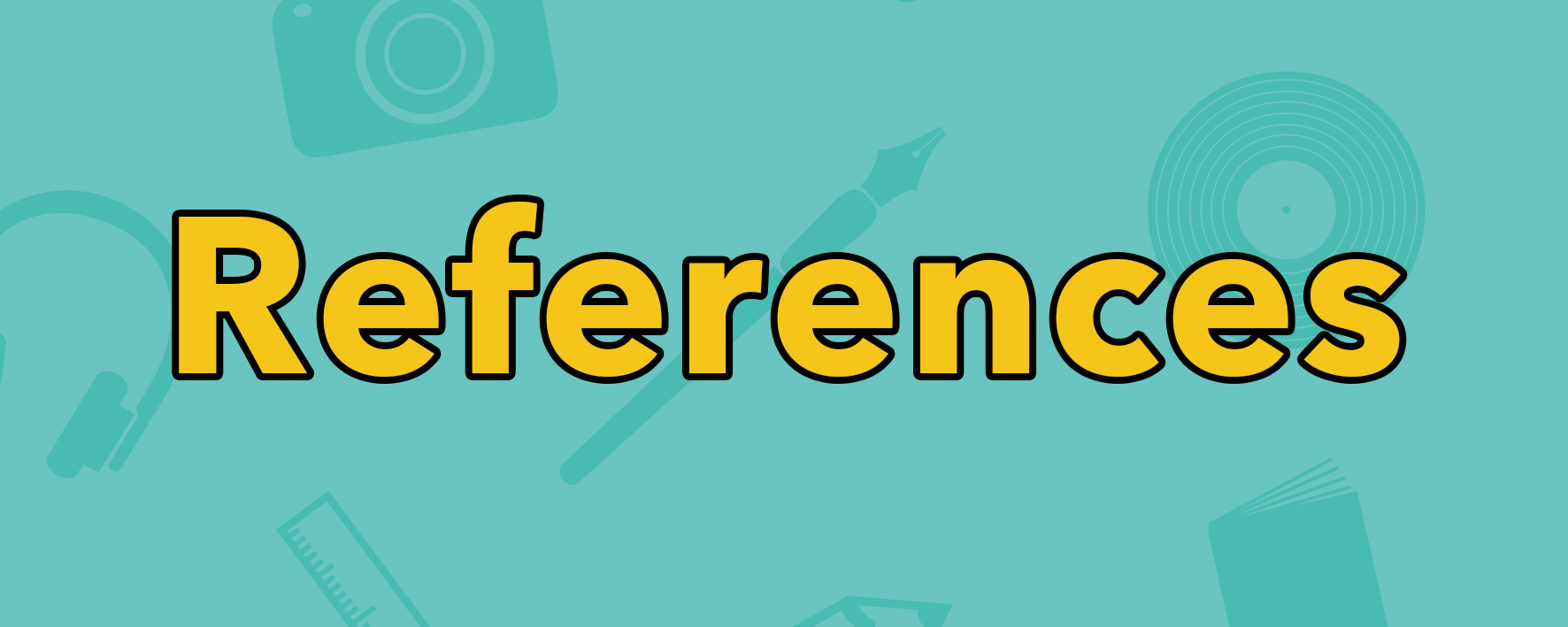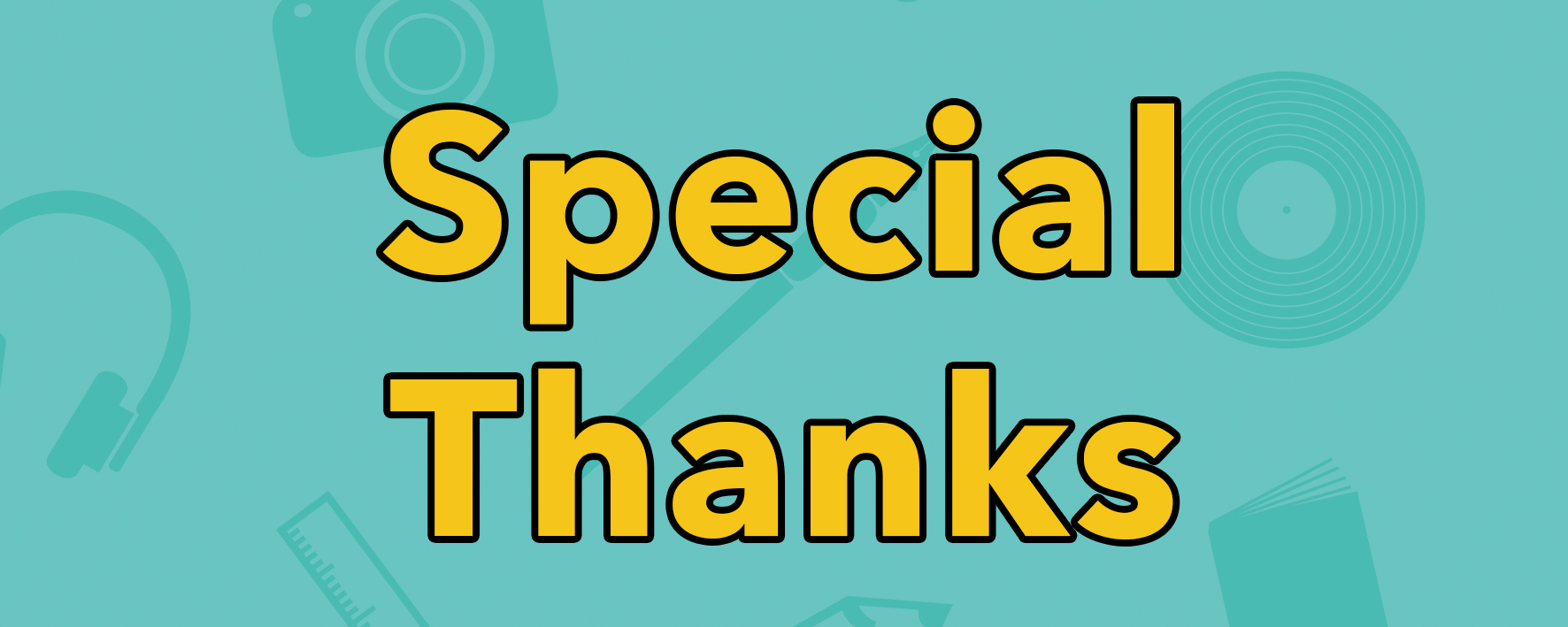Evaluating Your Arts
Evaluation is an integral part of running any project or venture and getting a diverse range of feedback is the best way to understand the effects of your work.
What is evaluating?
Evaluating is about taking the time to assess your activities and encouraging others to assess your activities. Evaluation can involve the participants, staff, volunteers and anyone playing a part in the project. It is about not only getting feedback but, determining what this feedback means.
Why evaluate?
There are always opportunities to become better and to learn more, and this keeps us motivated and inspired. Evaluating your arts projects and activities is a necessary part of professional and creative development.
How do I evaluate?
How do you know if your project was a success?
How did your project go? How can you tell what parts of your project worked and what parts didn’t? Did some participants get more out of the project than others? Did you do what you set out to do? What was the community response? Unless you decide what you want to achieve from your project at the beginning, you will get to the end, scratch your head and ask yourself: “what was that all about?” If, on the other hand, you set some goals for yourself, you will be able to jump up and down with glee when you achieve them. So, before you start, sit down and think about what it is that you are hoping for.
Coming up with your own measures of success
The first step is to determine how you will measure your success. What goals do you hope to achieve? Goals can be both qualitative and quantitative. For example, you may hope to get a minimum of 20 people involved in your project. This is a quantity that can be measured. You may also want the participants to find the experience fulfilling – this is a qualitative measure and could be determined by asking people to write down how the project made them feel. You may hear people refer to goals as ‘aims and objectives’.
What outcomes do you want for yourself, the project participants, the general community and any other organisation involved? What outcomes do you want and expect during, immediately after, and in the long term as a result of the project?
The four stages of evaluation
Planning
Who is managing the evaluation process? What resources are available? What are your aims and objectives – use these to help you decide what data to collect.
Documenting - (or collecting data):
Be aware of research ethics – for example, make sure you get permission to use someone’s quote – and make sure participants feel comfortable with the process.
Analysing
Ask questions such as – were the aims and objectives achieved? Think in terms of participants, the project and the general community. What worked? What didn’t work? Were there any unexpected outcomes? What resulted from the project processes? Think about immediate and long term outcomes. Use your ‘documentation’ to help you answer these questions.
Reporting
Use all of the information you have gathered, and the answers to your questions, to put together a report. Think about who will see this report and present it in the most suitable way. For example, is the report for your own group, is it going to be given to a funding body, will the public see it?
When do I evaluate?
To be effective, evaluation needs to take place from the very beginning of a project and needs to continue throughout. Think about how you will evaluate your project while you are planning it, so that the processes are incorporated into your project. This will make it easier for yourself and everyone involved.
Youth arts best practice - evaluation
When working with young people it is important to remember that not all forms of evaluation will be appropriate and so it can be helpful to use a range of methods and allow the participants to choose which one best suits them.
Surveys
A paper survey can be a useful evaluation tool, however there are a few things to keep in mind. For many reasons, not all young people will feel comfortable writing down what they think about a project. It can be helpful to allow the surveys to be filled out anonymously, this will give participants the opportunity to be honest in their evaluation. The use of language in a written survey should also be appropriate for the target group, try not to make it too daunting and keep it simple! Another option is the use of an online survey that can be completed by participants in their own time.
It is important to remember that not all young people will respond well to all modes of evaluation, and so by providing a range of options you are giving yourself the best chance to get as much honest feedback about your project as possible. Think outside the square and give participants the opportunity to be involved in devising the evaluation process – this can be a good way to get them involved from the start and to give them an idea of the importance of evaluation.
Film
It is important to document your arts projects and can also be a great way to get in some evaluation! Filming the comments of young people involved can be a great way to allow them the opportunity to provide feedback. Evaluating throughout the process is a valuable way to get a range of responses and to see how the project is progressing. Non-traditional evaluation methods such as film also allow the young people involved to express themselves creatively and find new ways to get their ideas across.
Artworks
Young people involved in arts projects might feel more comfortable expressing what they think and providing feedback through art. Giving participants the opportunity to create an artwork as an evaluation tool can be a good way to allow for freedom of expression to be intertwined with the evaluation process.
Self-evaluation
Another important aspect of evaluation in youth arts involves evaluating the internal processes involved in developing projects. Self-evaluation allows you to constantly rethink how a project is organised and run. This kind of evaluation can involve getting feedback from others who have worked with you on a particular project – including any stakeholders. Being open and honest about any shortcomings will give you the opportunity to improve your processes in the future. This evaluation can take many different forms including report writing, surveys of colleagues and stakeholders and a review of the feedback received from participants.
Future planning and consultation
In order to develop strong youth arts projects the evaluation gained must be implemented – getting feedback is only useful if you are able to take new ideas into consideration and use them for future planning and consultation. In addition to evaluating a project while it happening, it can be a good idea to get feedback after the fact as well. This can help you to understand the longer lasting effects of your projects and creating a consultation process that involves past participants will give new life and energy to future projects.




